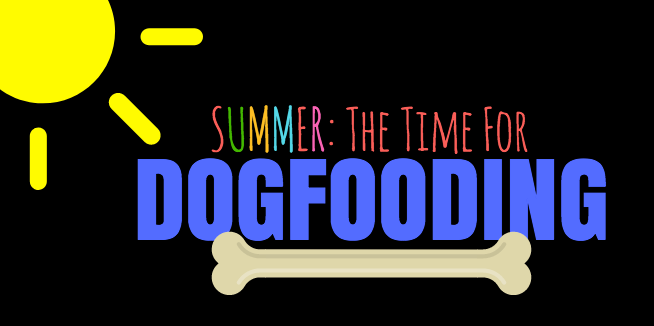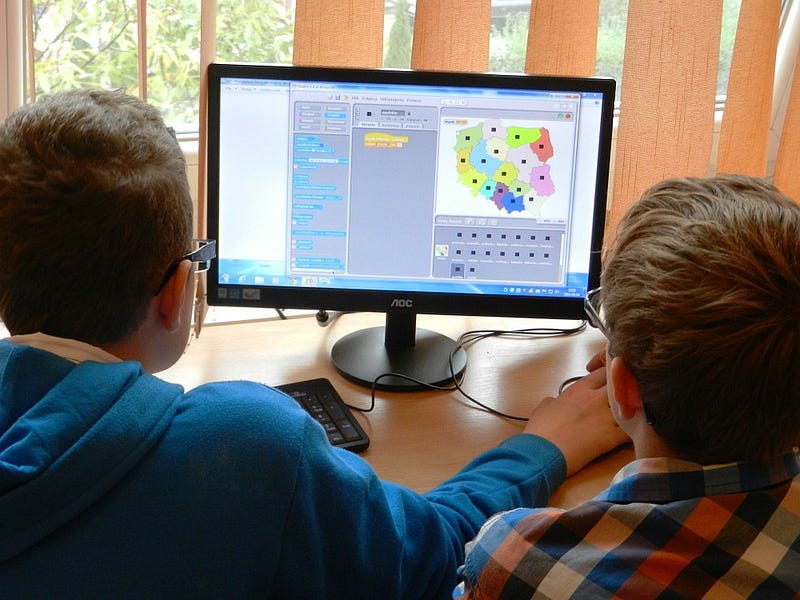The Silicon Valley-ites have a phrase teachers need to adopt — and use. Dogfooding.
It’s another word for beta-testing, for trying out new ideas and products before turning them over to their customers. In our case, our students.
Jennifer Gonzales from Cult of Pedagogy describes the process and benefits of dogfooding in her blog here. You should definitely read it.
Beyond classroom activities, there’s another thing teachers need to dogfood, especially during the summer months: new technology. Summer is the peak time for edtech companies to roll out updates; summer is also the peak time for teachers to explore new apps and decide if any might make their classroom learning even better.

But sometimes we (ok, I), get caught up with the bells and whistles and shiny things of new apps that we roll them out in the fall to our students. And then — the class grinds to a halt.
“Our screen doesn’t look the same.”
“It’s not letting us type.”
“It’s really hard to see. Is there a way to make it bigger?”
“This won’t let me log in.”
Oh, the joys of using new apps. In the excitement of the great advancements new apps will bring to class, we teachers can forget the unsexy nuts and bolts of new apps. We overlook the login process, the differences between our dashboard and the student screens, the idiosyncrasies of really running an app.
We forget to experience a new app from a newcomer’s point of view.
This is where dogfooding comes in. After we spend time vetting new edtech and concluding that Yes, this is the ONE, we need to switch on that Incognito screen in Chrome and test it out as a student.
By doing this, we can be prepared for what a student is going to see. In the past few days of dogfooding, I’ve found student views that made parts of my content far too small. I’ve discovered what I thought students would be able to do — nope, can’t do it.

And because of this dogfooding, I still have time to adjust and prep to make using new apps smoother for students.
Another aspect that makes dogfooding harder than it looks is forcing yourself to think beyond the moment. How will the app work into your overall classroom system? Will you use it for direct instruction? Small groups? Independent work? And how will students receive feedback for the work they’re doing — does the app give clear, automatic feedback? Or will you need to give feedback later? If that’s the case, how much time will this take? Maybe there’s a way for students to give feedback to each other with the app, but if you do that, how will you monitor this?
A mess of questions, I know, but ones that are easy to overlook when looking at new edtech — or new methods or activities — for your classroom.
This year I’m focusing on faster and more frequent feedback, so using tech for more immediate feedback is a titanic focus for me. While dogfooding and putting myself in a student mindset, I’ve found apps that don’t give good, clear feedback.
As a result, I’ve had to eschew some apps I wanted to use. For other apps, I’ve had to creatively embed or think of new ways to give student feedback immediately.
Summer is the time for fun, imaginative planning for next year, but it’s also the time for some down and dirty, immersive dogfooding as well. While discovering and creating new plans, don’t forget to take some time to consider how it will work in your classroom, with your teaching systems and feedback, and ultimately, is it really doing the work you need it to do?


Leave a Reply